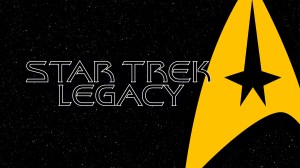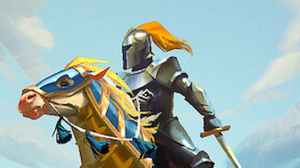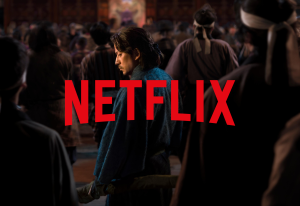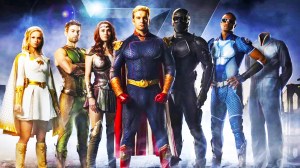Earlier today, Warner Bros. Home Entertainment revealed the official release information for Justice League: Crisis on Infinite Earths – Part One. The animated film, the first of three adapting the Crisis on Infinite Earths comic from Marv Wolfman and George Pérez, is due to hit video on demand platforms (and two weeks later, disc retailers) in January, and boasts a handful of bonus features looking back at the comic, forward to the rest of the Crisis animated event, and more broadly at the adaptation itself. But Warner Bros. also snuck something in there that fans have been anticipating for a while: The end of the current animated movie continuity.
Videos by ComicBook.com
The current crop of movies, called “The Tomorrowverse,” started in 2020 with Superman: The Man of Tomorrow. And according to its official synopsis, Justice League: Crisis on Infinite Earths – Part One is “the beginning of the end of the Tomorrowverse story arc.”
The Tomorrowverse is a shared universe, the launch of which followed the events of Justice League Dark: Apokolips War‘s reboot of the animated line — a line which had been kickstarted with Justice League: The Flashpoint Paradox in 2013. That timeline, colloquially called the DC Animated Movie Universe (DCAMU), was itself a rebranding of the DC Universe Animated Original Movies, which were originally designed to be more stand-alone movies that didn’t lean too hard on a shared continuity.
In Crisis on Infinite Earths, DC revealed that their multiverse had once been a single universe — one that was split into infinite segments at the dawn of time. A powerful being called The Monitor was there to guard it, but he has a dark counterpart — the Anti-Monitor, who watches over the anti-matter universe. The Anti-Monitor learns that, if he can overwhelm some of the Monitor’s universes with antimatter, it will give him more power, while weakening his counterpart. He sets out to destroy all the worlds of the multiverse, expanding his empire and crushing all those who could oppose him. As the multiverse begins to disintegrate, survivors of the final remaining worlds come together to make a last stand at the dawn of time.
The Tomorrowverse version of Crisis seems to be fairly true to the comics, with characters like Doctor Light and Psycho-Pirate being named in the cast. Those characters existed in the Arrowverse, but ultimately didn’t make the cut for the Crisis on Infinite Earths TV crossover. On the other hand, it doesn’t look like it will have the same nostalgia and ambition that the TV version did; so far, there’s no casting or imagery that suggests earlier versions of the characters will take part.
Since Crisis on Infinite Earths was used — both in the comics and on TV in the Arrowverse — to clear DC’s deck and give continuity a fresh start, fans have speculated that the Crisis trilogy could serve as the end of the Tomorrowverse continuity and a starting point for whatever comes next.
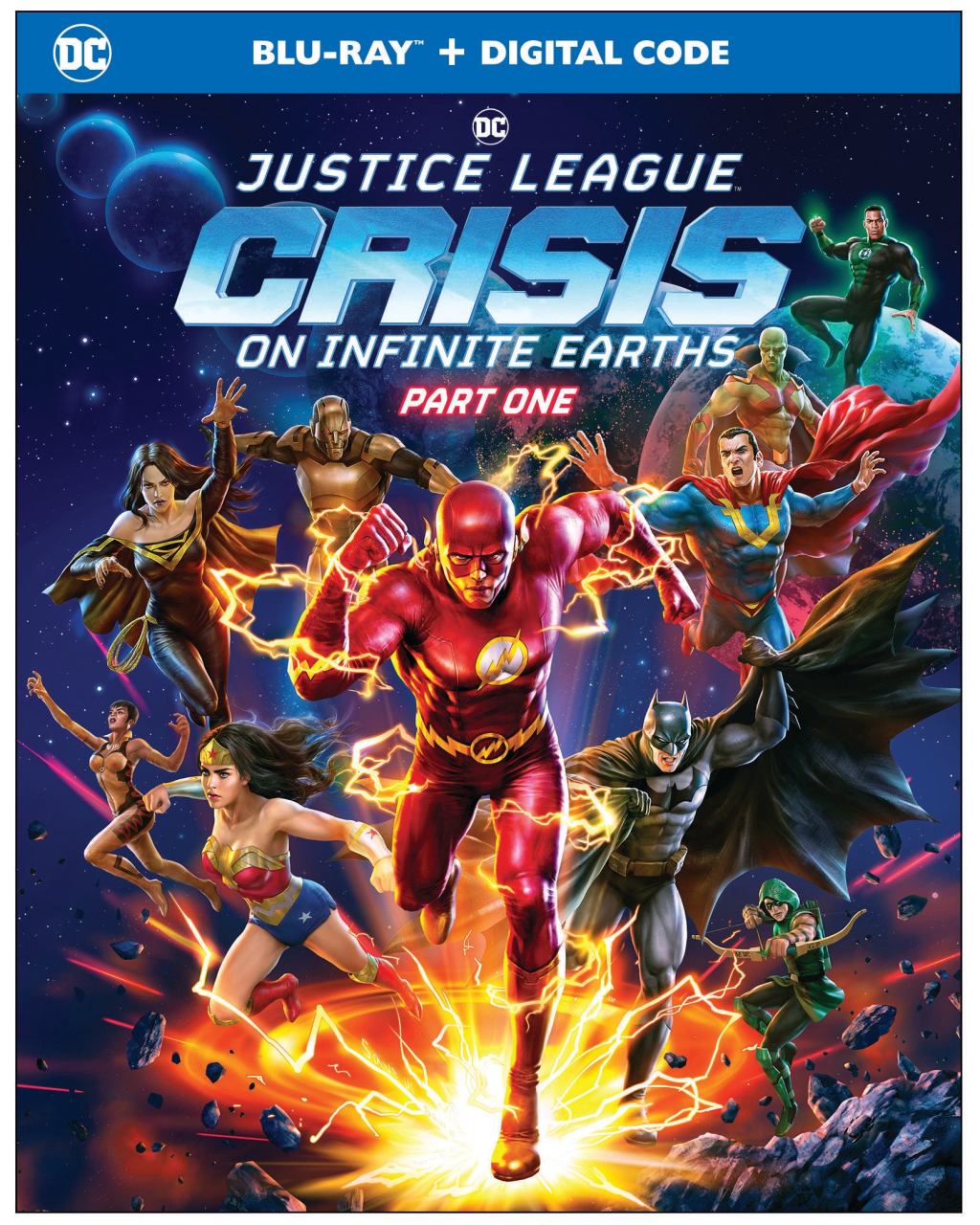
That teaser text does not officially say that Crisis will bring an end to the Tomorrowverse, but further down in the same press release, they identify a bonus feature as being a conversation with producers in which they “reveal in detail their intricate plan to create a comprehensive animated universe across seven films, concluding with the events of the three-part adaptation Justice League Crisis on Infinite Earths.” The seven movies in question would be Superman: The Man of Tomorrow, Justice Society: World War II, Green Lantern: Beware My Power, Legion of Super-Heroes, Justice League: Warworld and, depending on how you count them, either the two halves of Batman: The Long Halloween; or Batman: The Long Halloween and Crisis on Infinite Earths.
While each new iteration of DC’s animated movies has had a fairly distinct beginning and end, the Tomorrowverse comes at an interesting time: Last year, James Gunn and Peter Safran were tapped to head up the newly-formed DC Studios, answering directly to Warner Bros. Discovery CEO David Zaslav. One of Gunn’s first public comments suggested that movies, TV, animation, and video games would all be happening in the same continuity, with the same actors playing the parts across media. Warners has not yet made any statement that indicates the animated movies will fall under those marching orders, but fans acorss the internet have speculated about it for months. The idea that the Tomorrowverse is ending seems to confirm those suspicions.
When Justice League: The Flashpoint Paradox and Justice League Dark: Apokolips War were released, there was little-to-no advance notice that their universes were ending, and the story was being rebooted. There was also little advance notice of what was to come next, suggesting that it’s likely fans will have to wait until at least mid-2024 before anything about the DC animated movies’ post-Crisis future is confirmed.


